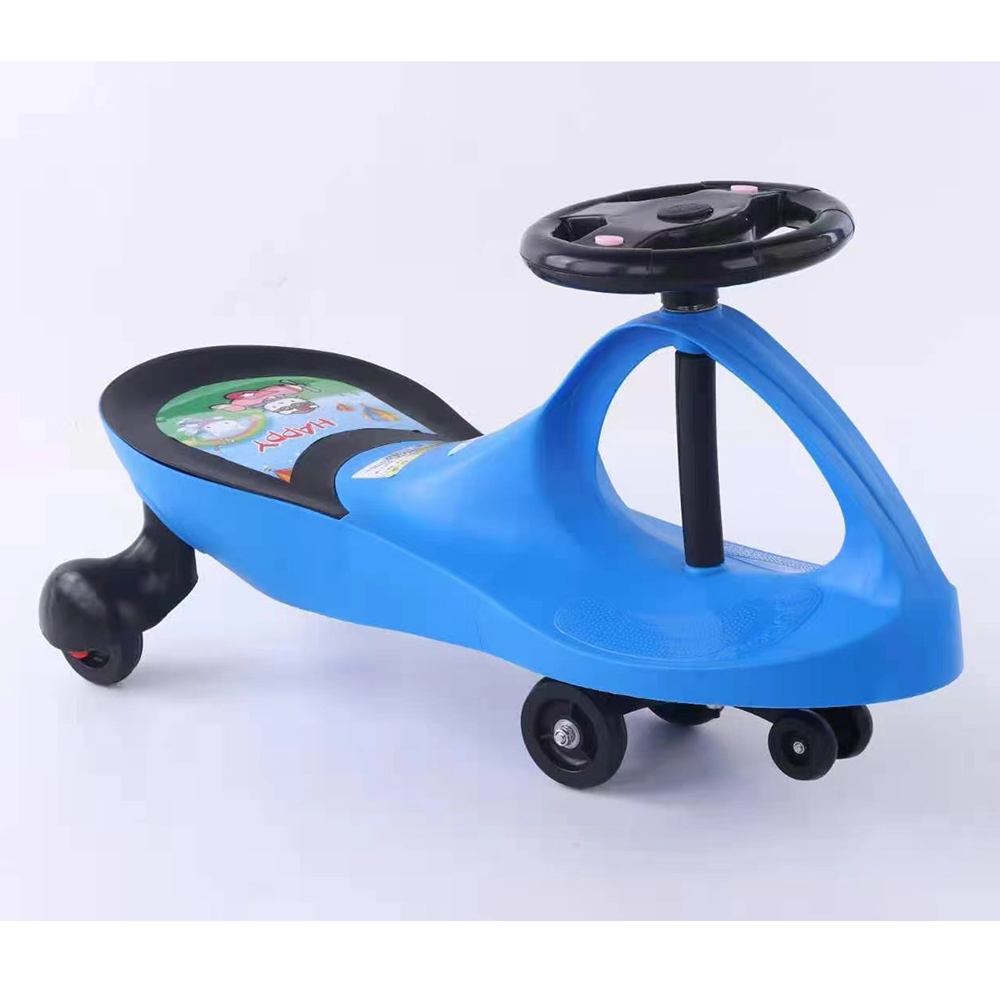2 月 . 05, 2025 03:46
Back to list
how to choose a mtb
Choosing the right mountain bike (MTB) is an important decision for enthusiasts at all levels, from beginners to seasoned riders. A perfectly selected MTB not only enhances your riding experience but also ensures safety, comfort, and longevity of the bike itself. Here, we delve into the vital factors you should consider, backed by expert insights and personal experiences that bolster trust and authority.
Gearing and Braking Systems Your drivetrain choice impacts pedaling efficiency and speed. Lower gears ease climbing steep trails, while higher gears allow for faster descents. Single chainring drivetrains (1x setups) offer simplicity and reliability, whereas dual or triple chainrings provide broader gear ranges. Hydraulic disc brakes are favored for their superior stopping power and modulation, essential for technical descents, especially in wet conditions, over mechanical ones. Budget Considerations Budget often dictates material and component choices. Entry-level MTBs offer sufficient functionality for beginners, with reasonably durable components. Mid-range bikes introduce advanced materials like carbon and more sophisticated suspension systems, appealing to regular riders seeking performance efficiency. High-end MTBs cater to experienced riders, integrating cutting-edge technology and componentry, delivering peak performance but commanding higher investment. Consulting Experts and Testing Engage with local MTB shops or experienced riders for advice specific to your riding conditions and size measurements. Professional fitting services ensure optimal bike size and configuration, avoiding future comfort or injury issues. Test rides can provide first-hand experience of ride quality and component functionality, guiding more informed decisions. MTB Maintenance and Longevity Choosing the right MTB extends beyond initial selection. Regular maintenance ensures performance consistency and safety. Simple acts like cleaning, lubricating the chain, checking tire pressure, and regular component inspection can prevent costly repairs and prolong bike life, enhancing trust in your investment. In conclusion, selecting an MTB involves a balanced consideration of your intended use, terrain preference, available budget, and personal comfort. Equipped with knowledge and expert advice, you can make a choice that aligns with your adventures, ensuring a rewarding and thrilling riding experience.


Gearing and Braking Systems Your drivetrain choice impacts pedaling efficiency and speed. Lower gears ease climbing steep trails, while higher gears allow for faster descents. Single chainring drivetrains (1x setups) offer simplicity and reliability, whereas dual or triple chainrings provide broader gear ranges. Hydraulic disc brakes are favored for their superior stopping power and modulation, essential for technical descents, especially in wet conditions, over mechanical ones. Budget Considerations Budget often dictates material and component choices. Entry-level MTBs offer sufficient functionality for beginners, with reasonably durable components. Mid-range bikes introduce advanced materials like carbon and more sophisticated suspension systems, appealing to regular riders seeking performance efficiency. High-end MTBs cater to experienced riders, integrating cutting-edge technology and componentry, delivering peak performance but commanding higher investment. Consulting Experts and Testing Engage with local MTB shops or experienced riders for advice specific to your riding conditions and size measurements. Professional fitting services ensure optimal bike size and configuration, avoiding future comfort or injury issues. Test rides can provide first-hand experience of ride quality and component functionality, guiding more informed decisions. MTB Maintenance and Longevity Choosing the right MTB extends beyond initial selection. Regular maintenance ensures performance consistency and safety. Simple acts like cleaning, lubricating the chain, checking tire pressure, and regular component inspection can prevent costly repairs and prolong bike life, enhancing trust in your investment. In conclusion, selecting an MTB involves a balanced consideration of your intended use, terrain preference, available budget, and personal comfort. Equipped with knowledge and expert advice, you can make a choice that aligns with your adventures, ensuring a rewarding and thrilling riding experience.
Latest news
-
Unleash Your Adventurous Spirit with All Mountain BikesNewsOct.31,2024
-
The Perfect Ride for Your Little Ones: Kids TricyclesNewsOct.31,2024
-
The Joy of Riding: Quality Kids Mountain BikesNewsOct.31,2024
-
The Excitement of Kids Scooters – Choose Your Adventure!NewsOct.31,2024
-
Kids' Bikes: Find the Perfect Ride for Your Little OnesNewsOct.31,2024
-
Experience the Fun of Swing CarsNewsOct.31,2024
-
Why a Giant Bike for Kids is a Top ChoiceNewsOct.24,2024








